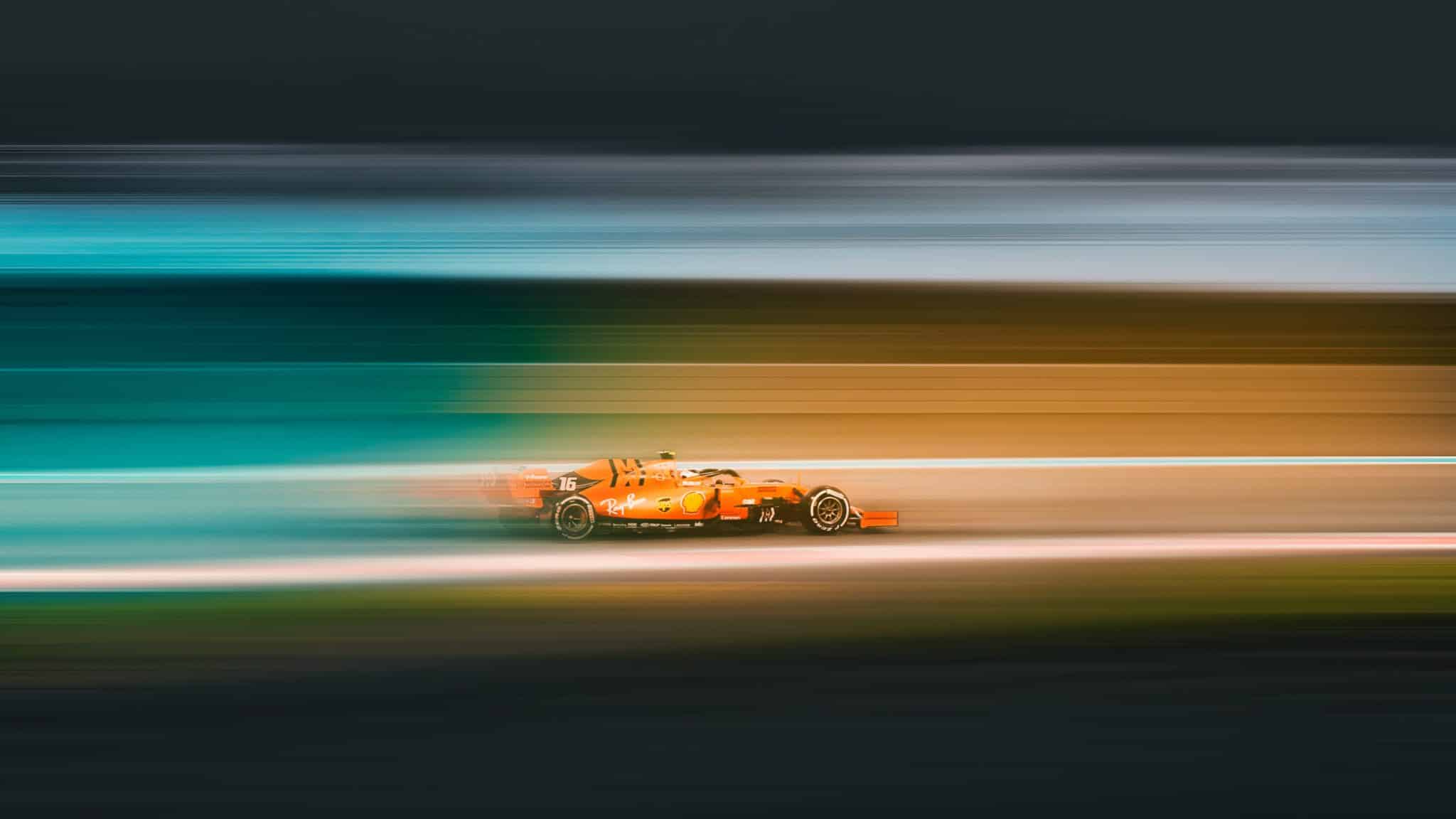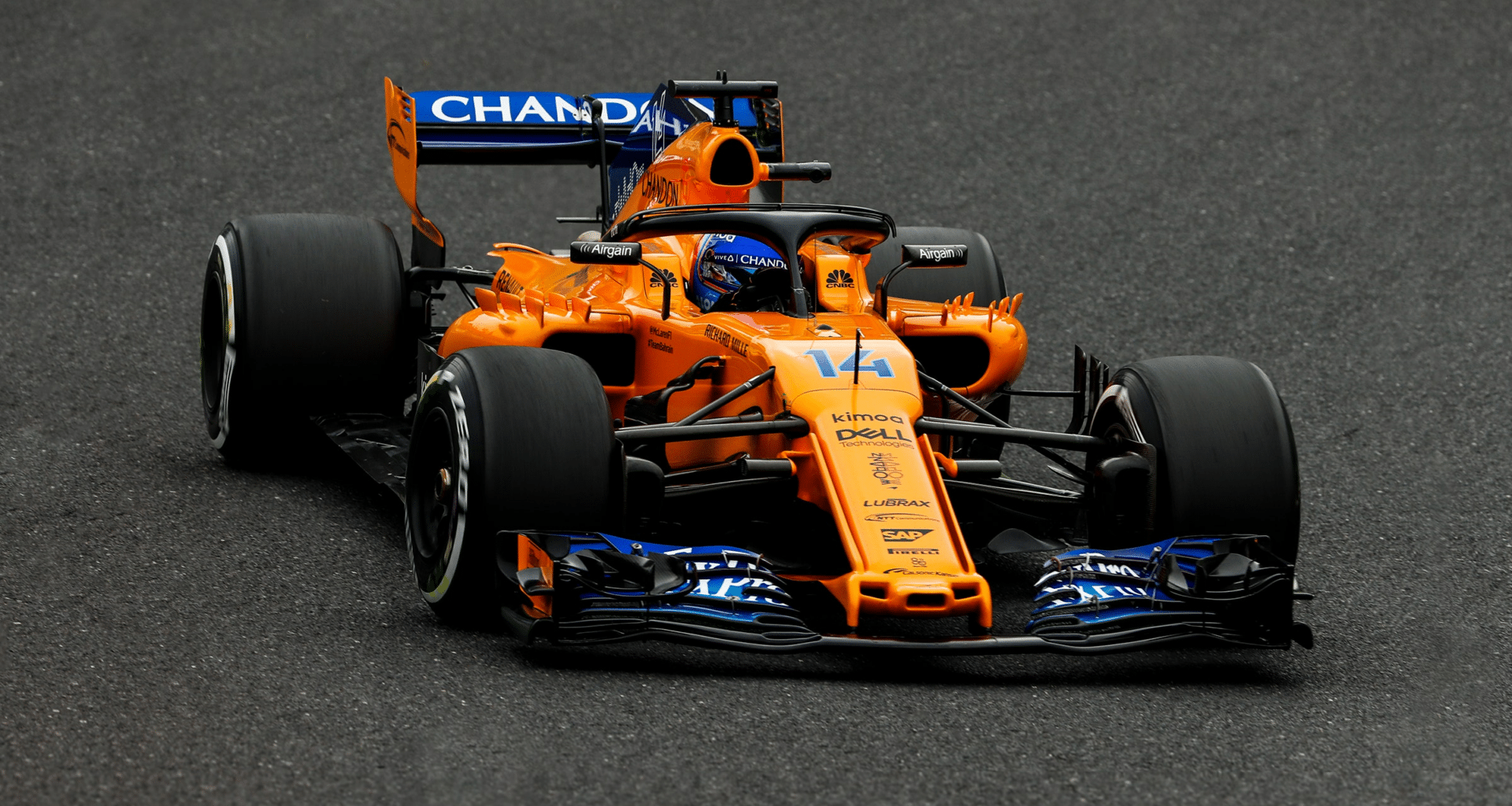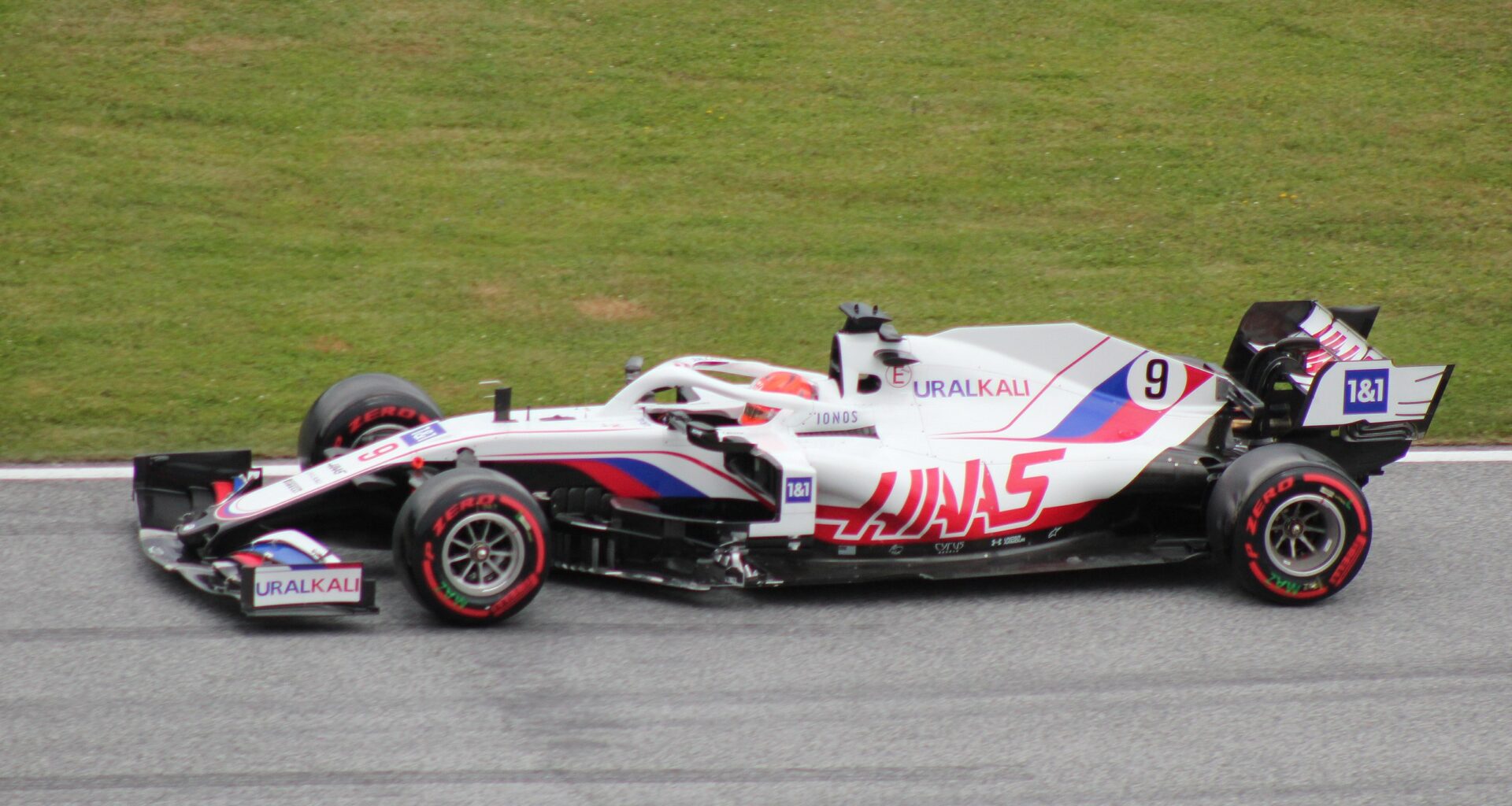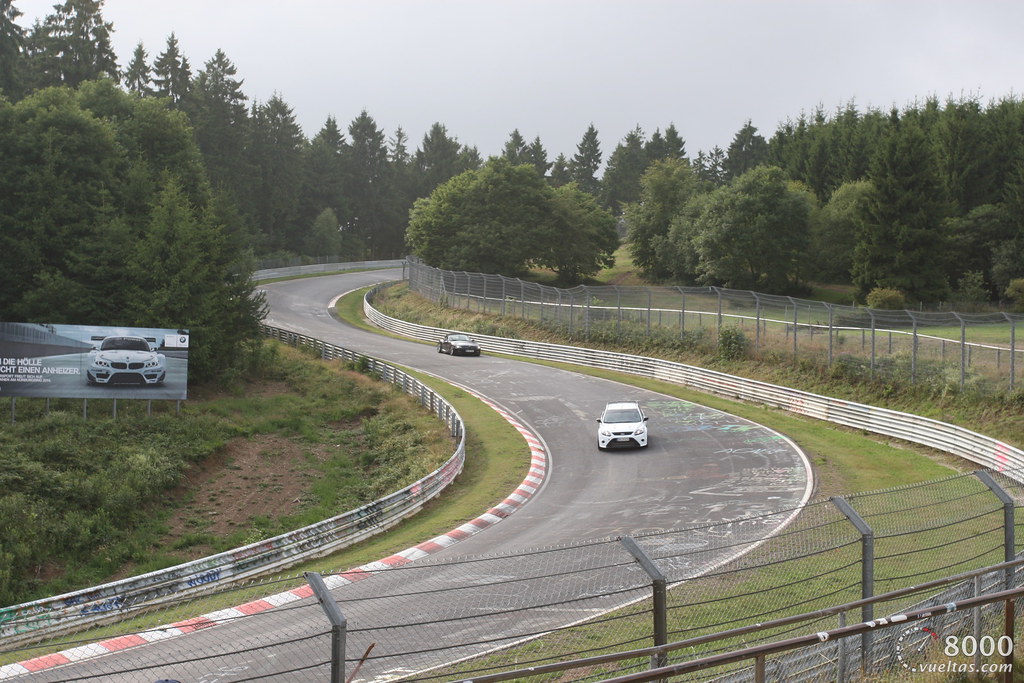Formula 1 is a highly competitive racing sport that pushes the limitss of speed and technology.
It has captivated an international audience with its thrilling competition and talented drivers. But how fast do the famous cars actually go ? This article will explore the maximum speeds achieved by F1 cars, as well as compare them to other popular forms of motor racing.
Table of Contents
Top Speeds of Modern F1 Cars
On average, today’s F1 cars can reach top speeds of around 230 mph (370 km/h) on long straights. However, the speeds attained vary from track to track. For example, at the high-speed Monza circuit, F1 cars can hit 360 km/h (223 mph) or more on the main straight.
The official record for the fastest speed reached by an F1 car during a race belongs to Valtteri Bottas. In 2016, he hit a jaw-dropping top speed of 231.4 mph (372.5 km/h) while driving for Williams at the Mexican Grand Prix. However, even higher speeds have been recorded during qualifying sessions. The fastest ever was Juan Pablo Montoya in 2005, who reached an astounding 231.5 mph (372.6 km/h) at Monza.
In certain conditions, F1 cars can go even faster. In 2006, Honda took a modified F1 car to the Bonneville Salt Flats and hit an estimated top speed of 397 km/h (246 mph). This remains the outright record for the highest speed attained by an F1 vehicle.
Average Lap Speeds
While top speeds garner headlines, average lap speeds give a better sense of real-world performance. After all, tracks have both fast straights and slower corners. The official Formula 1 record for the fastest average lap belongs to Lewis Hamilton, who lapped Monza in 2020 during qualifying at a stunning speed of 264.362 km/h (164.267 mph).
Monza is conducive to high speeds with its long straights and fast corners. At tighter, more technical tracks, F1 cars have lower average lap speeds. For example, at the Hungarian Grand Prix held at the twisty Hungaroring circuit, average speeds are around 195 km/h (121 mph).
Nonetheless, F1 cars are significantly faster than other racing series. As a comparison, IndyCars at the Circuit of the Americas track have an average speed of 186 km/h (116 mph) – more than 20 km/h slower than F1 cars at the same circuit.
F1 Car Acceleration and Launch Speeds
In addition to an incredible top speed, F1 cars can accelerate frighteningly fast. From a standstill, they can rocket to 60 mph (97 km/h) in only 2.6 seconds. Their launches off the starting grid are a sight to behold, with drivers reaching up to 350 km/h (217 mph) on long straights within seconds.
The acceleration of F1 cars is down to their powerful hybrid engines, low weight, and aerodynamic grip. With sophisticated launch control systems, the cars’ turbocharged 1.6 liter V6 engines deliver immediate torque off the line. Their low weight, under 1,600 lbs (725 kg), also improves acceleration. Complex aerodynamics generate downforce pressing the car into the track for extra traction.
Key Factors That Enable F1 Cars’ Speed
What allows F1 cars to reach such astonishing velocities where other race cars can’t? While driver skill is crucial, these key technical factors maximize an F1 car’s performance:
- Lightweight materials – Extensive use of carbon fiber and titanium keeps weight low.
- High-revving engines – Small, efficient turbo F1 V6 engines produce over 1,000 horsepower.
- Effective aerodynamics – Wings, splitters and diffusers generate huge downforce for grip.
- Cutting-edge suspension – Complex systems adapt to conditions and maintain traction.
- Grippy tires – Wide slick tires stick to the track for sharper cornering.
Teams use fluid dynamics software, wind tunnels, track simulations, and real-world testing to optimize all these factors. The result is F1 cars uniquely capable of mind-blowing speed year after year.
Comparison to Other Top-Tier Racing Cars
Formula 1 cars are unmatched in their overall performance, but how do they compare to other elite racing series in specific speed metrics?
IndyCar
IndyCars can reach higher top speeds, with the record being 380 km/h (236 mph) versus F1’s 372 km/h (231 mph). However, their average cornering speed is lower. F1 cars produce more downforce for quicker turns.
NASCAR
Stock cars like NASCAR are limited to around 320 km/h (200 mph) tops speeds. They accelerate slower too, taking 3-4 seconds to reach 60 mph. Their heavy chassis and restrictor plates on engines hamper straight-line speed.
WEC Prototypes
The top class LMP1 prototypes in the World Endurance Championship, like the Toyota TS050, can hit 340 km/h (211 mph). That’s fast but still short of F1 cars. These prototypes compete in marathons like Le Mans where reliability is valued over outright speed.
Rally Cars
World Rally Championship cars like the Ford Fiesta RS reach top speeds around 200 km/h (124 mph). Specialist surfaces and frequent tight turns mean all-out speed is not the priority in rallying.
In summary, F1 cars uniquely combine impressive straight-line speed with incredible cornering ability. This complete package makes them the fastest lap machines on the planet.
The Future of Formula 1 Top Speeds
How might F1 car speeds evolve in the coming years? Some rule changes may restrict speeds slightly. For example, future regulations could reduce downforce by simplifying front and rear wings. On the other hand, advances in hybrid engine technology could counteract these restrictions.
The battery hybrid systems in F1 cars are only getting more powerful. The 2026 engine regulations will increase electrical power from 120 kW today to 350 kW. This extra electric boost will unlock faster acceleration off corners.
Another factor is new tire technology. Compounds tailored to F1 car needs could deliver increased grip and traction for higher cornering forces. With digital sensors and simulation, tires can be engineered precisely for each track’s demands.
Automation and artificial intelligence may also enable gains. As teams gather more driving data, they can use AI to optimize racing lines, setups, and strategies for every variable. Linking this data to simulations can identify further areas for speed improvements.
The Exhilaration of F1 Car Speeds
For fans, perhaps what’s most exciting about F1 cars is imagining what it feels like for drivers. Hitting over 230 mph, or 240 mph-plus in qualifying, all while pulling 4-5 g cornering forces is simply mind-blowing for us mere mortals.
The rapid acceleration out of corners, outrageous downforce pressing your body down, and blur of track markings as you brake from 200 mph cannot be replicated outside an F1 cockpit. Watching the skill of drivers controlling these spaceship-like cars at their limits creates such a visceral thrill.
As F1 teams continue innovating and optimizing for speed, they will likely blow past more benchmarks in the years ahead. With new technologies like AI-enabled vehicle dynamics and ultra-grippy tires, the velocity bar could be raised further. 220 mph average laps one day? We wouldn’t bet against it.
Conclusion
Formula 1 represents the pinnacle of motorsport thanks to the jaw-dropping speed capabilities of its cars. With innovative aerodynamics generating huge downforce, turbo hybrid engines producing 1,000 horsepower, and the latest tech developments, F1 will continue advancing the boundaries of speed.
While rule changes may restrain velocities slightly moving forward, ongoing gains in hybrid power, tire grip, and AI-enabled optimization will likely outweigh any restrictions. We can expect Formula 1 cars to only get faster, keeping fans thrilled watching the world’s greatest racing drivers push the limit.





